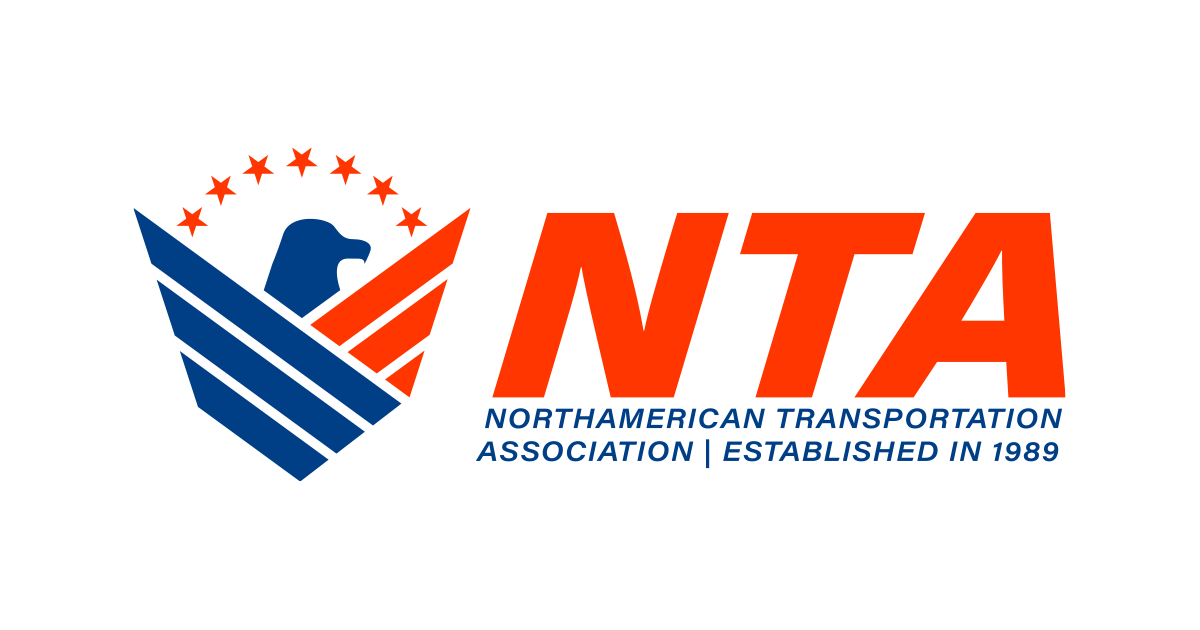By: Michael Howe
Over the past couple of years the trucking industry, like most industries, has seen its fair share of economic challenges. It can be difficult to pin the blame or cause on any one individual or policy, so instead let’s take a look forward and see if the trucking industry has a chance to getting back on track. Obviously, many factors go in to the health of the industry, and there are indicators that can give us a clue as to the future. So, what is the economic future for the trucking industry in North America?
According to the North American Transportation Services Association (NATSA), the trucking industry is expected to experience some minor growth in 2025. To be clear, that minor growth is slow growth, so the industry isn’t exactly on a fast pace toward economic bliss. Some growth is better than none though, and a lot of that is based on the expected GDP growth in the US economy of about 2.0% for 2025. Canadian GDP is expected to be about 1.8% in 2025. The closer an economy’s GDP is to 3% the better it is.

Interestingly, when it comes to the stock market, Goldman Sachs indicated in June of this year that it is seeing an upside in the trucking industry. Jordan Alliger, the lead for Goldman’s analyst team, said, “While we cannot know for certainty when [the bottom in the trucking industry] will be, we note that [less-than-truckload] and truckload are exhibiting several attributes that could suggest the bottom is near,” namely margins and earnings are under significant pressure and share prices indicate underperformance relative to the transport sector.” Goldman’s ratings of some major trucking companies improved based on their June report.
According to an ACT Research (a leader in market data, industry analysis, and forecasting for the commercial vehicle and transportation markets.) released a May 2025 report additional indicators. According to the report, “The U.S. trucking industry has moved past the bottoming phase of the truckload cycle seen in early 2023 and is now navigating a slow rebalancing process as of December 2024. Progress continues, but challenges such as high interest rates and inventory overhangs are shaping the pace of recovery. Looking ahead to 2025, the North American trucking industry faces a multifaceted landscape influenced by economic moderation, regulatory impacts, and market realignments.”
There remains many factors contributing to economic uncertainty, some are market driven and others are political. Tariffs remain an area of concern as any tariff imposed on goods simply increases prices, which will then lower demand. Even with temporary pauses on some tariffs, others remain – including those on autos, aluminum, and steel. This impacts production costs and will naturally impact freight between those sectors. In addition to tariffs, NATSA suggests that “Freight demand will see moderate expansion in 2025, following inventory adjustments across retail and manufacturing. Retailers, having stabilized post-pandemic inventories, are adopting slower replenishment cycles, reducing the urgency for freight movement.”
The reality is that there are indications the trucking industry is slowly emerging from its economic slowdown, but is it safe from economic turmoil – there are just too many unknowns to say yes to that, and some of those unknowns are significant.


